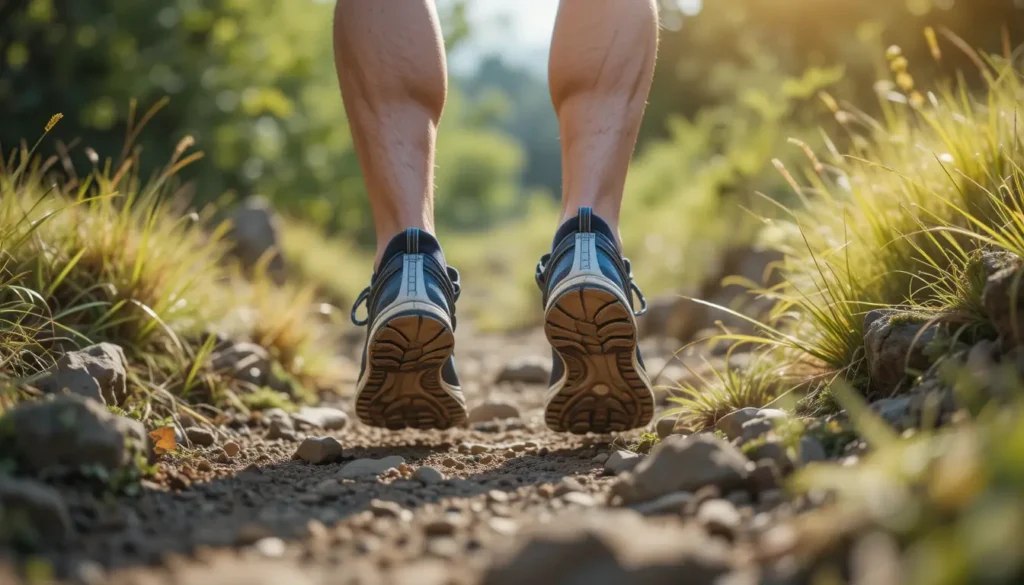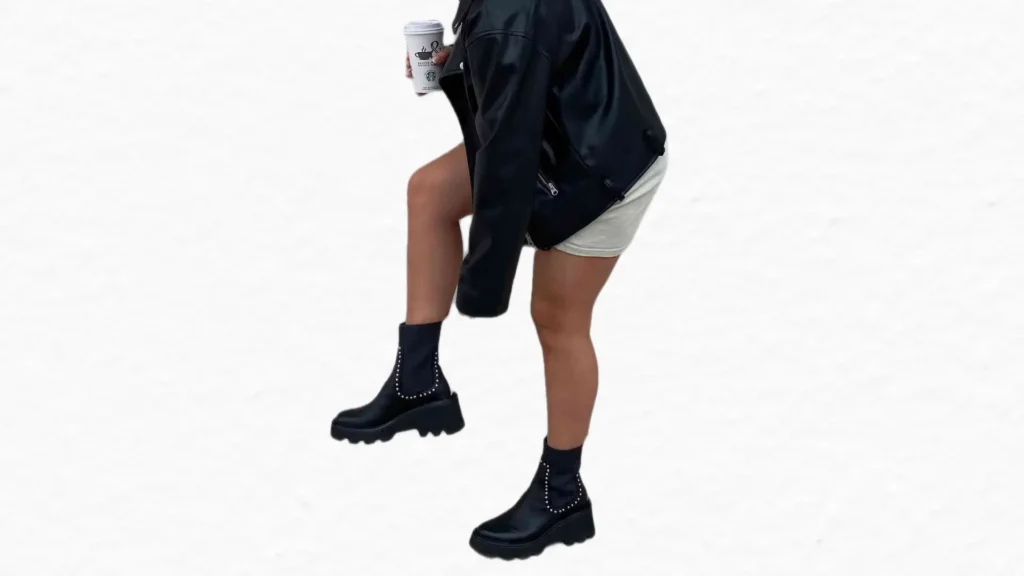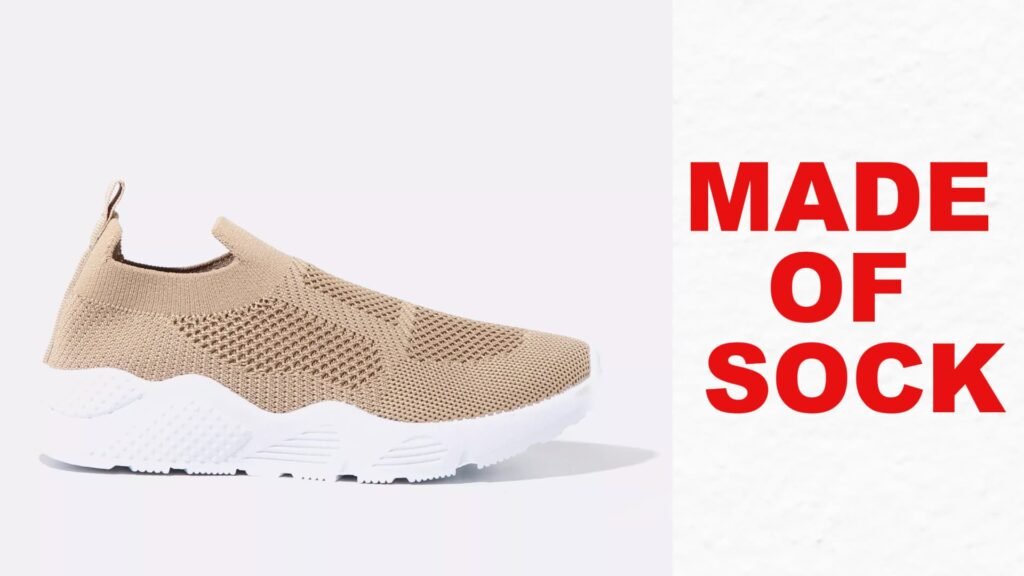Your feet carry you through every step of an adventure. But if you wear the wrong shoes, that adventure can turn painful fast. Blisters, sore arches, or swollen ankles can ruin a hike or trail walk.
The right orthopedic shoes can change the whole story. Which ones are truly the best for outdoor adventures? That’s what we are about to uncover.
Most people focus on gear, water, or trail snacks, but shoes decide how far and how well you go. Outdoor terrain is uneven, rough, and demanding. Regular shoes do not always protect your feet from strain or pressure. Orthopedic shoes solve this by giving the right support for your arches, heels, and ankles.
Without this support, small problems can grow into big ones. Foot pain can trigger knee pain. Poor cushioning can stress your back. That means the wrong shoes can end an adventure early. The right orthopedic shoes prevent these problems and keep your energy steady.
This matters for everyone, not just people with foot conditions. Hikers, campers, and outdoor explorers gain comfort, stability, and protection from shoes built with orthopedic design.
What to Look for Before You Step Out
Outdoor orthopedic shoes must meet tougher demands than indoor or casual pairs. Here are the layers you need to care about:
Outdoor trails have rocks, slopes, and rough ground. Cushioning absorbs shock and keeps pressure away from your joints. EVA midsoles, gel pads, or air cushioning are proven designs that work.
Flat feet, high arches, or neutral arches need different kinds of support. Orthopedic shoes provide structure to prevent pain. A shoe that fits your arch keeps your body aligned as you walk on uneven trails.
Outdoor shoes must have slip-resistant outsoles. Rubber with multi-directional lugs provides traction on dirt, mud, or rocky surfaces. Without strong grip, risk of falls grows.
Good orthopedic shoes prevent the ankle from rolling. Features such as firm heel counters and supportive midsoles give balance. This matters most when carrying backpacks or moving downhill.
A wide toe box reduces rubbing. This stops blisters and helps circulation. Outdoor adventures last hours, so tight shoes quickly become painful.
Orthopedic Shoes for Outdoor Adventures
This checklist is what makes the best shoes stand out. But which models bring all of these together?
New Balance 1400v1 Trail
New Balance 1400v1 Trail was built for people who demand stability on uneven paths. Outdoor terrain is never predictable. One moment you’re walking through soft dirt, and the next, you’re stepping over sharp rocks. The mid-cut design here supports your ankle so it doesn’t roll when the ground changes suddenly. That alone saves many people from sprains.
Water is another issue for explorers. If you’ve ever walked in wet shoes, you know the pain of heavy, soaked fabric. This shoe uses a waterproof mix of leather and mesh, which blocks rain but still lets your foot breathe. That means you can keep walking without the weight of trapped water slowing you down.
Cushioning is where many trail shoes fail, but this one delivers. The Cush+ midsole was designed to absorb impact without adding bulk. Every step feels lighter, which helps when your hike lasts hours. Pair this with the rugged rubber outsole and you get grip that doesn’t slip on mud or gravel. The lugs hold tight, so you can focus on the view instead of worrying about your footing.
1400v1 Trail is a balance of strength and comfort. It’s not just about surviving tough trails—it’s about enjoying them without sore feet holding you back.
Merrell Moab 3 Mid Waterproof
Merrell Moab 3 Mid Waterproof has earned its place as one of the most trusted hiking shoes. Many outdoor enthusiasts call it the “go-to” for long adventures, and for good reason. Comfort is its top strength. From the first step, it feels broken-in, which means no painful adjustment period. That makes it perfect if you need reliable shoes for a trip right away.
Heel pain is one of the biggest problems on trails. Merrell solves this with an Air Cushion in the heel that reduces shock from every step. Whether you’re walking downhill or jumping over roots, your joints take less impact. This is especially important for people with sensitive knees or hips. It’s not just cushioning—it’s protection for the whole lower body.
Then comes traction. Outdoor surfaces shift constantly, from wet grass to dry dirt. The Vibram outsole on the Moab 3 grips both wet and dry ground with ease. That means less risk of slipping in unpredictable conditions. Pair this with the Kinetic Fit ADVANCED insole, which provides reinforced arch support, and you have stability that keeps your posture aligned the entire hike.
Moab 3 Mid Waterproof does more than keep your feet dry. It creates a safe, cushioned, and balanced base for long journeys. That’s why it remains one of the most trusted names among hikers who put in serious miles.
Hoka Anacapa Mid GTX
Hoka Anacapa Mid GTX is for adventurers who refuse to compromise on joint protection. Hoka is known for oversized cushioning, and here it goes all out. The thick midsole might look big, but it feels incredibly light. Every step lands softly, which saves your feet from repeated stress. This is especially helpful on long walks where pounding terrain can wear you down fast.
Rain and streams are no problem with the Gore-Tex lining. Unlike standard waterproofing, Gore-Tex still lets air flow through. That means your feet stay dry but also cool, which prevents overheating during summer hikes. Dry and breathable is the winning combination for comfort across all seasons.
One of the smartest features here is the extended heel geometry. When walking downhill, the back of your shoe hits first, and many hikers stumble at this point. The extended heel on the Anacapa improves stability and reduces the chance of slipping forward. It’s a small detail with a huge payoff on mountain trails.
Despite the thick cushioning, Hoka made sure the shoe stays structured. The arch support is firm, not spongy. That helps keep your foot aligned, preventing strain that can creep up after hours of walking. So, while your feet enjoy softness underfoot, your body still gets the alignment it needs for long-term health.
Anacapa Mid GTX protects joints while making long hikes feel easier. It’s the shoe for anyone who wants maximum support without losing stability on tricky slopes.
Brooks Cascadia 16
Brooks Cascadia 16 was designed for trail runners, but its orthopedic-level support makes it an excellent option for hikers too. Trail running is demanding because the ground changes constantly, and your body has to react fast. This shoe adds stability while keeping flexibility, so your movements feel natural without losing control.
Cushioning is where it stands out. The DNA Loft system adapts to how hard your foot hits the ground. That means soft landings when you’re jogging and firmer support when you’re walking. It takes pressure off your joints no matter the pace, which keeps your legs fresh during long outdoor days.
Sharp rocks are another trail hazard. The Cascadia 16 solves this with a rock plate built into the sole. It stops stones and roots from poking through, protecting the bottom of your foot while still allowing the shoe to bend where it should. Add to this a wide toe box, and your feet have the space they need for swelling during long runs or hikes.
Cascadia 16 is a rare mix of speed and support. It gives runners and fast hikers orthopedic-level comfort while keeping them safe on rough trails.
Altra Olympus 5
Altra Olympus 5 is built for distance. This shoe uses a zero-drop platform, meaning your heel and forefoot sit at the same height. The design encourages natural movement, which many outdoor adventurers find reduces strain on knees and hips. Balanced cushioning across the sole supports this movement without removing comfort.
One standout feature is the FootShape toe box. Many trail shoes squeeze the front of the foot, which causes blisters over time. The Olympus 5 gives space for your toes to spread naturally. This improves balance and reduces pressure during long hikes.
For grip, Altra chose Vibram Megagrip rubber. It is one of the most trusted outsoles for rough terrain, from loose gravel to wet rock. Pair that with a strong midsole, and the shoe can handle hours of hiking without losing support. Long-distance hikers, especially those carrying backpacks, will feel the benefit here.
Olympus 5 protects your feet while letting them move naturally. It is perfect for adventurers who want comfort on long trails without giving up durability or grip.
Keen Targhee III Waterproof
Keen Targhee III Waterproof has built a strong reputation for lasting power. Outdoor boots need to survive rough treatment, and this model is made for that challenge. The leather and performance mesh upper give both durability and breathability, while the waterproof lining shields you from puddles and rain.
Inside, the EVA footbed supports your arch and cushions every step. For hikers, this makes the difference between sore feet halfway through a trek and steady comfort until the end. The footbed is removable, so people who use custom orthotics can adjust the shoe to fit their needs.
Traction is another highlight. The outsole grips in mud, dirt, and rocky paths without sliding. Many hikers report that it feels secure under heavy backpacks, which shows the stability of the design. It’s not the lightest shoe, but its strength makes it dependable when the ground gets unpredictable.
Targhee III is tough, stable, and supportive. It’s for hikers who want footwear that can handle repeated outdoor use without breaking down.
Orthofeet Ridgewood
Orthofeet Ridgewood is one of the few hiking boots made with orthopedic needs as its first priority. Many outdoor shoes focus on durability and traction but forget about special foot conditions. This model addresses both, which makes it valuable for people with chronic pain or past injuries.
The insole is the key here. It is removable and built with strong arch and heel support. For people with plantar fasciitis, flat feet, or heel spurs, this can be the difference between walking in pain and walking comfortably. The cushioning spreads impact evenly, so joints feel less stress.
Another major strength is the fit. The Ridgewood offers a wide toe box and a stretchable upper. That means it adapts to different foot shapes instead of squeezing them. For long outdoor trips, where swelling can occur, this flexibility prevents pressure points and blisters. The cushioned midsole completes the design, reducing joint strain with each step.
Ridgewood brings orthopedic-grade comfort to the trail. It is built for people with foot conditions but strong enough for outdoor use, giving more people the chance to enjoy adventures pain-free.
Outdoor adventures test your whole body, but they start with your feet. If you wear shoes that lack support, you pay the price with pain, fatigue, or injury. Orthopedic shoes stop that cycle before it begins.
The best orthopedic shoes give more than comfort. They protect your joints, improve your balance, and keep you steady for longer journeys. Whether you hike up mountains, run through trails, or explore muddy paths, these shoes help you move without limits.
The next step is yours. Choose the right orthopedic shoes and see how far your feet can really take you. Your adventure deserves more than regular shoes—it deserves support that lasts every mile.




